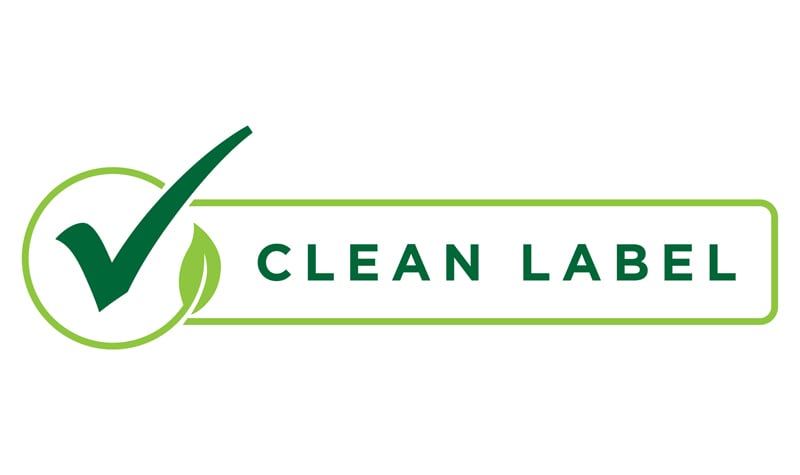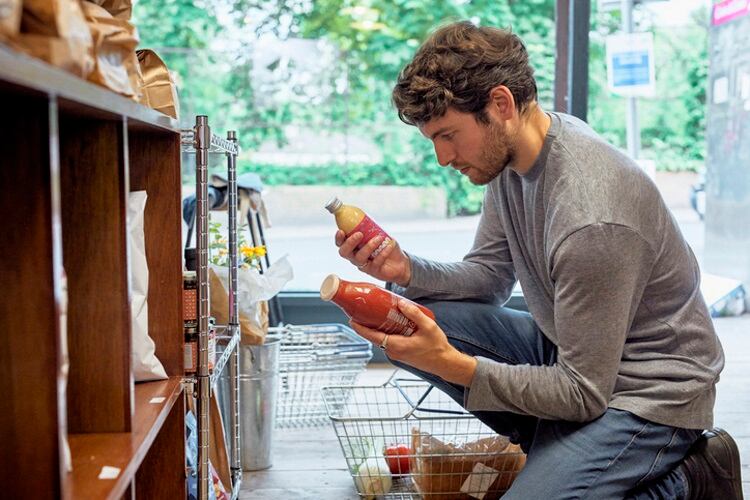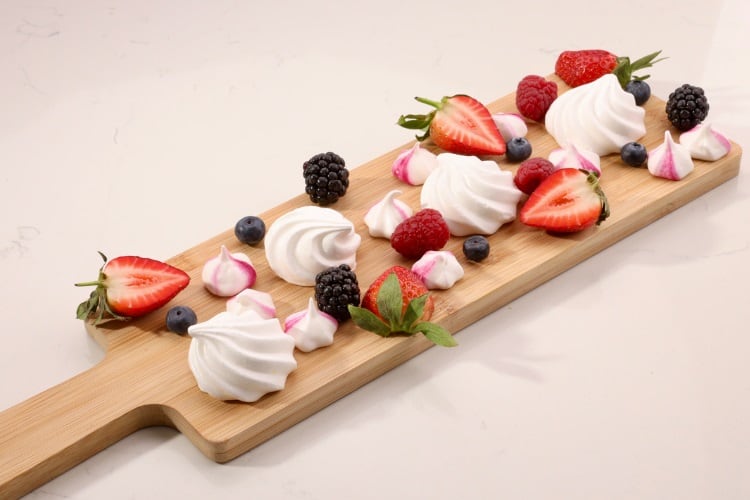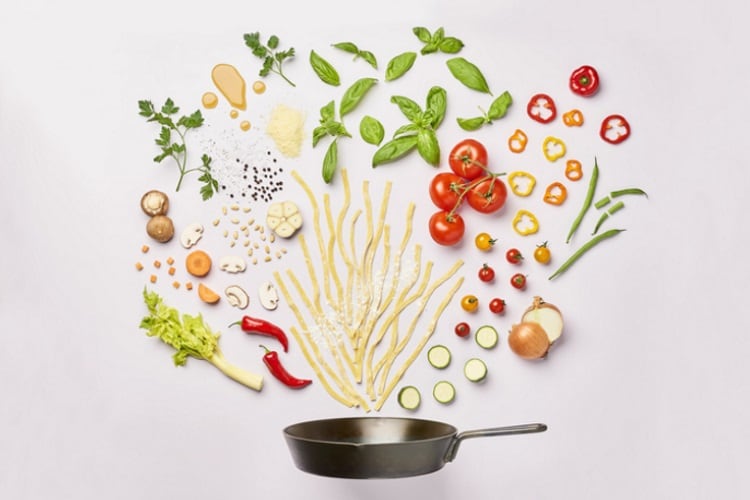Consumers – especially the younger set – increasingly want to know what’s in the food they eat, where it was made and who made it.
“We now see consumer demand for greater transparency and traceability pushing clean label concepts throughout the entire supply chain,” said Martina Foschia, senior applications specialist, Bakery for Cargill.
“For these discerning shoppers, foods should taste good, be good for them and good for the planet, too.”
This scrutiny of ingredient and labels has fuelled a drive towards natural or clean eating trends, with 71% of EU consumers saying they want to see 100% natural claims on product packaging in February 2021 – up from 46% in April 2020, according to FMCG Gurus’ data.
“The implication for food developers is that clean is undoubtedly becoming a new baseline for product development,” said Foschia.
“However, producing label-friendly products now involves many layers of complexity – from developing traceable supply chains to addressing the challenges of reformulating products with label-friendly ingredient alternatives.”
Look at source
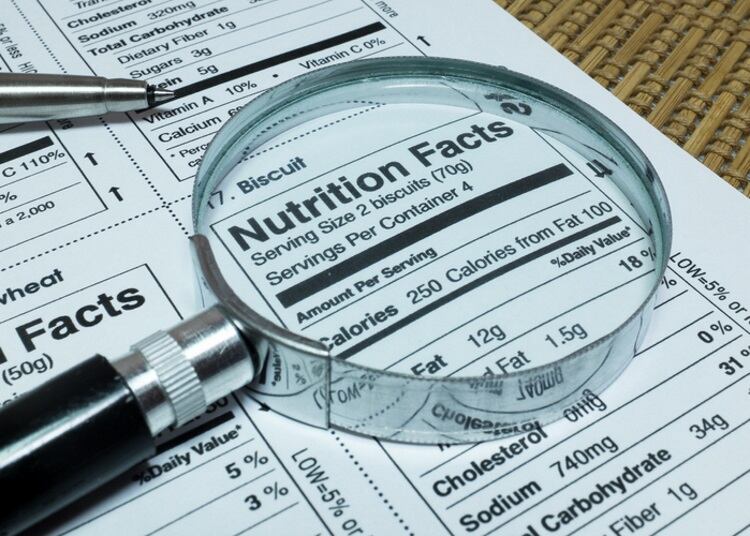
Emulsifiers, gums and stabilisers, for example, all help ensure the quality and sensory characteristics of bakery products hold up through processing and over shelf life, noted Foschia.
Depending on specific application, processing requirements and shelf-life expectations, a formulation might need ingredients from one, two or all three of these categories.
While some of these ingredients come with names that consumers may find unfamiliar, they are included in formulas because of the vital functional roles they fill.
“These are true workhorse ingredients, contributing to product quality, shelf life and more.
“That’s something that consumers don’t always understand and represents an opportunity for all of us in the food industry to do a better job communicating the real value they bring to formulations.”
For example, 41% of European consumers check the ingredients list when buying a new bread product (Cargill IngredienTrackerTM Europe, 2022 Base = 5,106 consumers in six European countries).
“Bakery manufacturers exploring ways to deliver label-friendly formulations need to balance a clean label ambition with their aim of enhancing shelf life, with consumers also easily throwing out leftover bread at the early onset of staling,” added Foschia.
The challenges
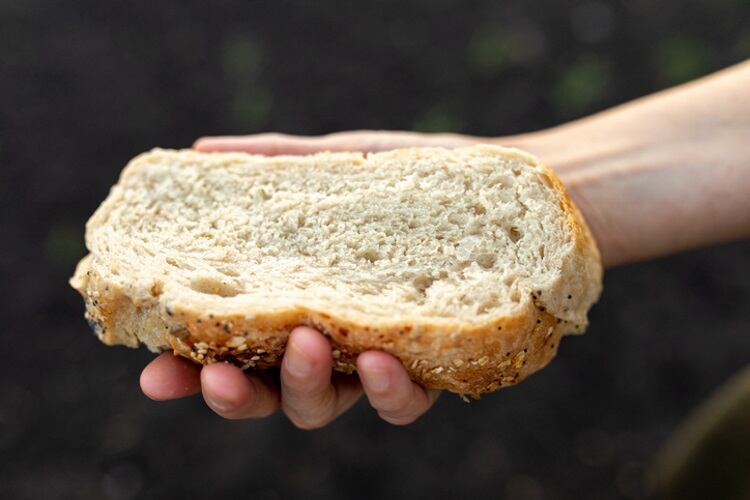
While emulsifiers DATEM (diacetyl tartaric acid ester of mono- and diglycerides) and mono- and diglycerides of fatty acids (DMG) are typically used to improve the volume, processability and shelf- life of bread, these are not perceived as label-friendly by consumers.
The industry is already far advanced in bringing solutions for natural freshness in white bread. However, replacing DATEM and DMG altogether in wholemeal bread is a bigger challenge.
“This is why viable label-friendly alternatives are in demand, such as lecithin,” said Foschia.
Lecithin is a label-friendly emulsifier that can be sourced from soy, sunflower or canola. It’s often used in plant-based dairy alternatives, where it provides emulsification and contributes to the perception of a creamier mouthfeel. It’s proven to be a fully functional plant-based alternative to DMG that increases bread volume, keeps bread fresher for longer and enables a great eating experience.
There’s another kicker though. DATEM is a quite inexpensive ingredient, so replacement with lecithin alone will not be price competitive.
“That’s why Cargill teamed up with enzyme supplier DSM to identify the possibilities of combining our lecithin products (Leciprime and Lecimulthin) with their Panamore Golden lipase enzymes,” said Foschia.
“The joint project identified the great synergy between these ingredients makes it a price neutral alternative to fully replacing DATEM in wholemeal bread, while still achieving the same volume and characteristics.”
Beyond clean
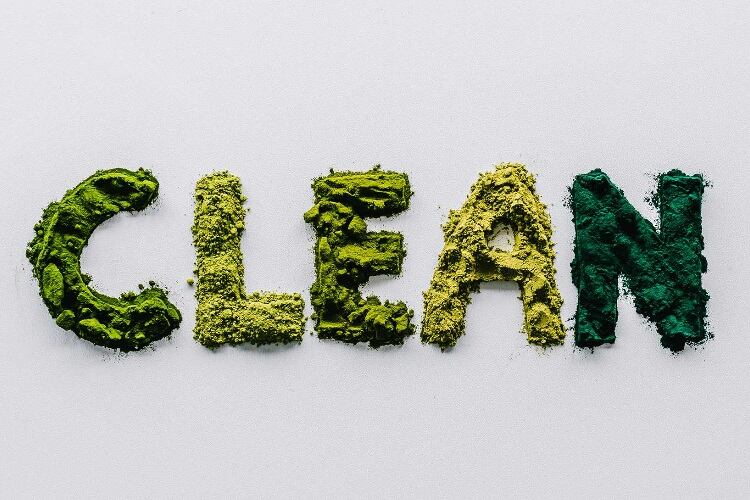
As brands invest in the clean label space, they’re also taking great strides in improving the product’s taste, texture and visual appeal, along with its nutritional aspects.
A great example is pectin – which Foschia touts as the most label-friendly hydrocolloid.
“A staple of grandma’s pantry, pectin is recognisable and understandable to consumers.
“It also has a compelling origin story as it is made from the leftovers of juice production – apple pomace and citrus peels. This unique, water-soluble texturiser is also highly functional, with great gelling, stabilising and thickening properties.
“Couple these renewable, upcycled roots with consumers’ positive perceptions and it easily checks the label-friendly box coveted by many food and beverage manufacturers.”
Another consideration when it comes to baked goods is, of course, sugar reduction, with an increasing demand for healthy indulgence.
“Demands for products that are reduced in sugars still need to deliver on taste and mouthfeel, but sugars not only add sweetness but have an essential bulking functionality,” said Foschia.
“That why Cargill has focused efforts on creating a soluble fibre solution based on European corn and wheat. These plant-based and label-friendly ingredients help manufacturers answer consumer demands for sugar reduction and fibre enrichment, while helping to improve food and beverages.”
Strong backstory
Ultimately, consumers want it all when it comes to the products they purchase – from recognisable ingredients to sustainable and transparent production.
“There’s a growing opportunity here for brands to capitalise on a wide range of these clean characteristics,” said Foschia.
But with this expanding interest comes additional label-claim scrutiny. This means communication about label-friendly properties will be critical.
According to findings from Innova Market Insights, the clean label definition is expanding beyond the product itself. While attributes long associated with label-friendly – such as zero additives and minimal processing – will still be important, qualities like ethically produced, sustainably sourced, environmentally friendly and climate smart are growing in priority.
“It will be important to communicate these ideas in ways that are both meaningful and verifiable, including the use of certifications and demonstrable concepts like recyclable packaging materials,” said Foschia.
“As consumers become more astute about shopping and buying online, their ability to research and choose label-friendly products will grow, so they’ll be looking for deep information and strong storytelling about a product’s label-friendly attributes.”


